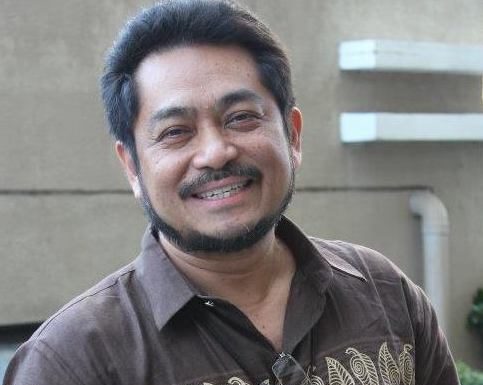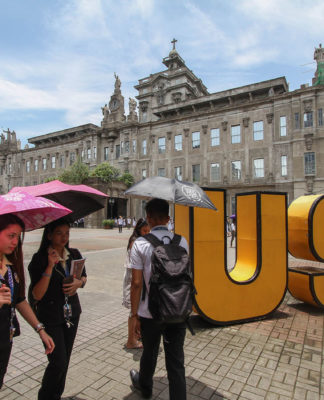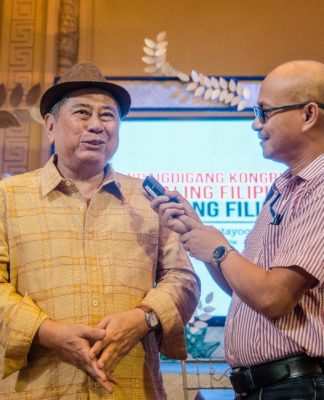TO PROTECT and conserve the University’s rich collection of artifacts and artworks, the Center for Conservation of Cultural Property and Environment in the Tropics (CCCPET) and the Museum for Arts and Sciences (Museum) have established a new conservation laboratory at the Thomas Aquinas Research Complex (TARC)—a first for any Philippine university, UST officials said.
“We have a very rich collection of artworks in the University, some even dating centuries back,” said Museum assistant director Clarissa Avendaño. “Because of the paintings’ age, some of them are already deteriorating, there is a necessity for a conservation laboratory.”
The laboratory will be a venue for the conservation of artworks. Students taking up Cultural Heritage Studies in the Graduate School can also use the laboratory, Museum Director Fr. Isidro Abaño, O.P. said.
The laboratory, constructed from March to April, is the brainchild of Avendaño and Maria Bernardita Reyes, a consultant of the CCCPET.
Abaño said the laboratory’s edge over other museums’ laboratories is its highly specialized function and its access to other laboratories of the TARC.
Reyes said the access to other laboratories is essential in the chemical and physical stabilization stages of the artworks’ treatments.
The laboratory also has state-of-the-art equipment, including a stereomicroscope, a mobile microscope that has a camera that makes objects appear more vivid and distinct, Reyes said.
Reyes assured that the conservators will make little changes on the artworks they will treat.
“Minimalism is the key,” she said. “Retouching is optional.”
She also said the original artist will be allowed to treat his work if he is willing.
The laboratory started operating last May 5. Ivan Angelo L. de Lara



















